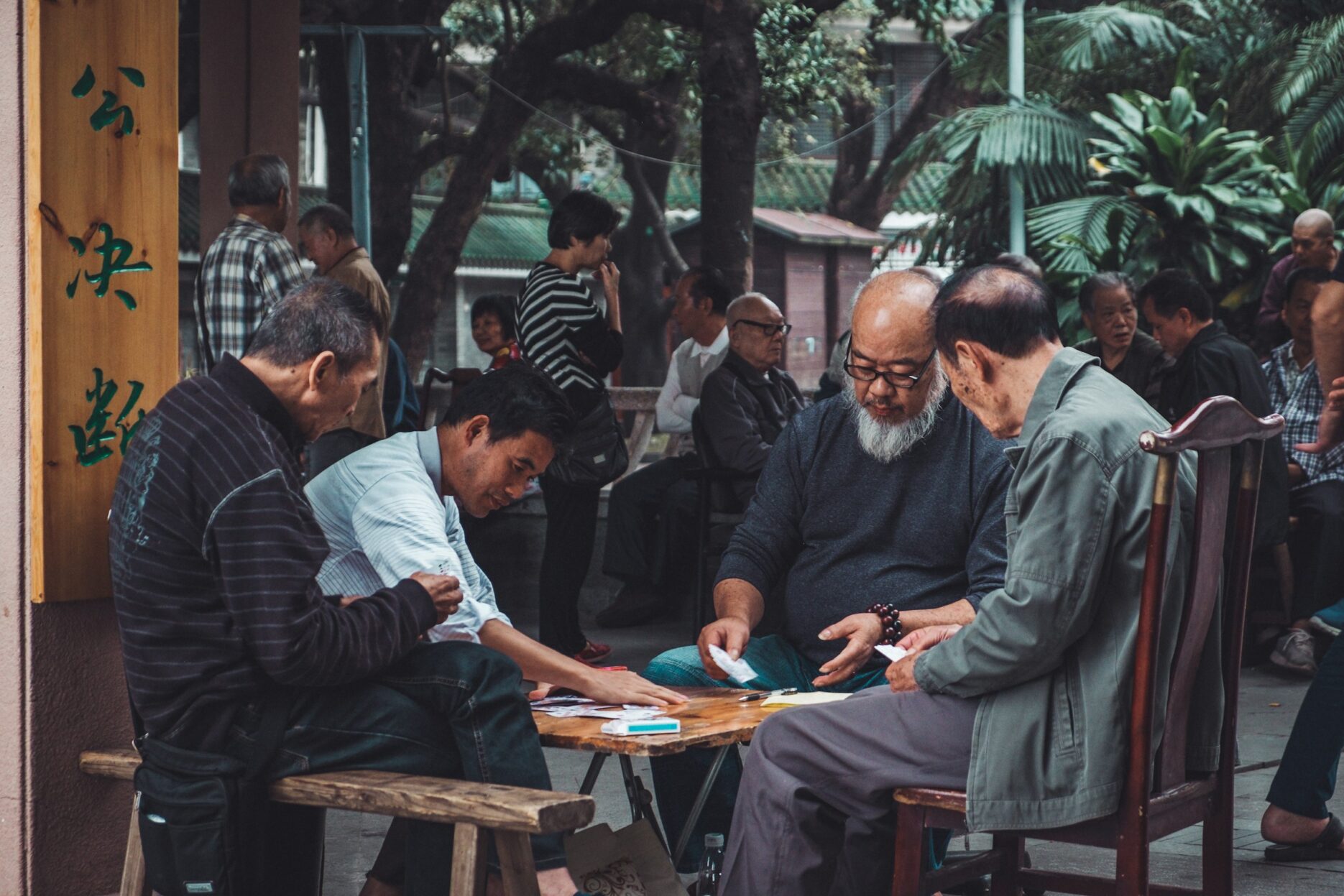Following its recent announcement on establishing a film studio, POP MART, the toymaker behind the global phenomenon LABUBU, is reportedly recruiting for a “small appliances” development initiative. LABUBU has brought themes such as toys for adults/kidults (31% of LABUBU fans are over the age of 30), emotional value and consumption to the fore of public discourse in the consumer market. At the same time, commentators note that there is another area of emotional value that has been untapped: toys for older people.
By the end of 2024, China had over 310 million people who were 60 or older. Data shows that toys for older people, such as smart chessboards, tabletop curling games and elastic wrist balls saw a 124% year-on-year (YoY) increase in search and 70% YoY growth in sales on e-commerce platforms. Customers over the age of 55 are also increasing.
There are three main reasons why toys are needed for older people: social needs, cognitive training and generational interaction. If searching in English, most toys for older people in the West are aimed at cognitive training and rehabilitation for dementia. However, 42% of urban elderly people have “emotional hunger” and “empty nest” syndrome, which is where older people are alone for more than 6 hours every day; toys in China are more of a cure for loneliness. The late baby boomers and early Gen Xers are the top shoppers, as they are more educated, have disposable income and have higher expectations for their quality of life. Their needs go beyond mahjong and poker games like the previous generations.
However, the lack of standards or knowledge of what toys are suitable for older people means that the market has been largely overlooked. Companies in China are exploring innovative designs that incorporate AI, wellness (exercise), as well as social games that require multiple players, such as mini bowling or tabletop games. Providing “emotional value” to these 310 million people might open the door to the next big thing in the “silver economy”.




